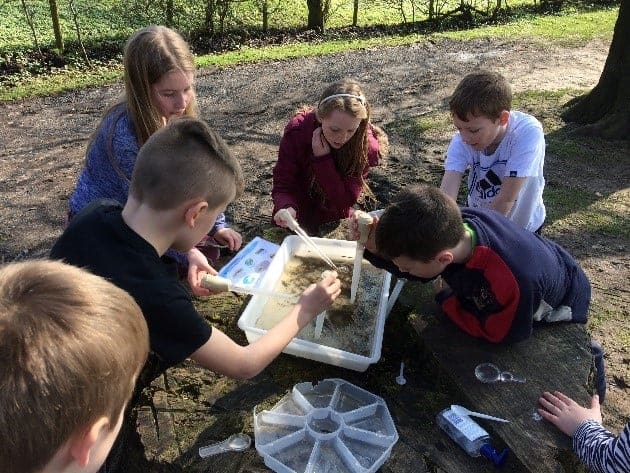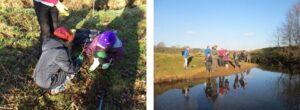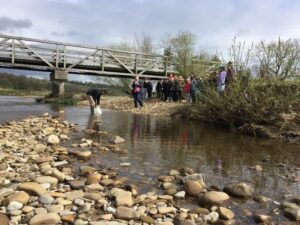 Sat with a year 6 group watching sand martins return to the river’s eroded bank, swooping around picking freshly hatched riverflies from the air. One girl leans to her friend to say “I could watch these all day. I’m going to come down here at the weekend.” At that moment, a huge grin spread across my face! That’s what our education programme is all about – reconnecting, and in some cases for the first time connecting, the next generation with their local rivers. It is only through forging and nurturing deep connections with their local river that they and their rivers will get the mutual benefits that each can offer to the other.
Sat with a year 6 group watching sand martins return to the river’s eroded bank, swooping around picking freshly hatched riverflies from the air. One girl leans to her friend to say “I could watch these all day. I’m going to come down here at the weekend.” At that moment, a huge grin spread across my face! That’s what our education programme is all about – reconnecting, and in some cases for the first time connecting, the next generation with their local rivers. It is only through forging and nurturing deep connections with their local river that they and their rivers will get the mutual benefits that each can offer to the other.
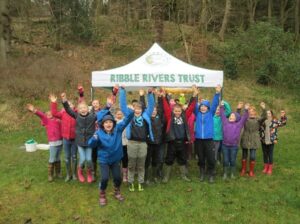
The effects also ripple out much further, with many of these children sharing their own ‘Rivers in the Classroom’ experiences in sessions for other children in their school. Some have even linked to other schools and nurseries for this. We have also developed new, hands-on, resources and expanded the suite of activities that we offer to school groups. The experience for the children that we’ve worked with this year has, once again, been greatly enhanced by a team of fantastic volunteers. So, we’d like to say a huge THANK YOU to all those involved!
Tidal Ribble
Ven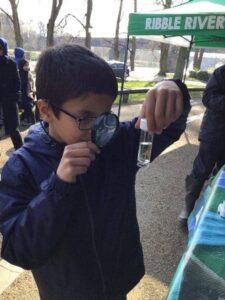
We have also given all the children that we’ve worked directly with in this area the opportunity to enter our ‘Mission: River Protect’ competition by spreading the word to friends and family at home about what amazing things they have chosen to do to show their river some love. We can’t wait to see what they get up to!
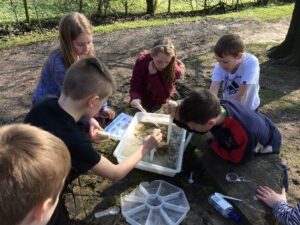
Another highlight was St Matthew’s Primary being joined for their fish release by children from Ashbridge Day Nursery, who they had written stories about their trout for, including ‘How the Brown Trout got its Spots’. We loved reading these and the letters and poems from other schools in the office too!
It has also been fantastic to have the support of the Preston Park Rangers for many of these schools’ visits to the river, making areas accessible to the groups and sharing the wealth of their local knowledge.
Active Rivers

“It will create shade, and when the trees drop leaves the invertebrates can eat.” explained George, from year 4. “It will protect habitats.” added his classmate, Charlie. These are just some of the many benefits that the new woodlands, created this winter with the help of local school children, will give to the river. The Fisheries Improvement Project, made it possible for children from an urban school in Burnley to link up with a rural school on their river visits to improve the river and adjacent habitats while discovering how they can enjoy them in the future.
50 children and their teachers from three schools planted over 500 trees on the banks of Cow Hey Brook near Bashall Eaves. The children discovered the many benefits that their trees will bring to the stream and the wildlife it supports. Cow Hey feeds into Bashall Brook where the children also got hooked on angling with many proudly making their very first catch and enjoying the opportunity to see the river’s hidden wildlife up close. All our junior tree planters were also given a map of how to find their woodland on the Public Right of Way and are excited to bring their families to see how their trees flourish.
The activities mentioned in this post have been made possible thanks to funds from the Heritage Lottery, United Utilities, Greggs Foundation and Environment Agency.
If you are from a school interested in finding out more about our education programme, please get in touch with emily@ribbletrust.com.

